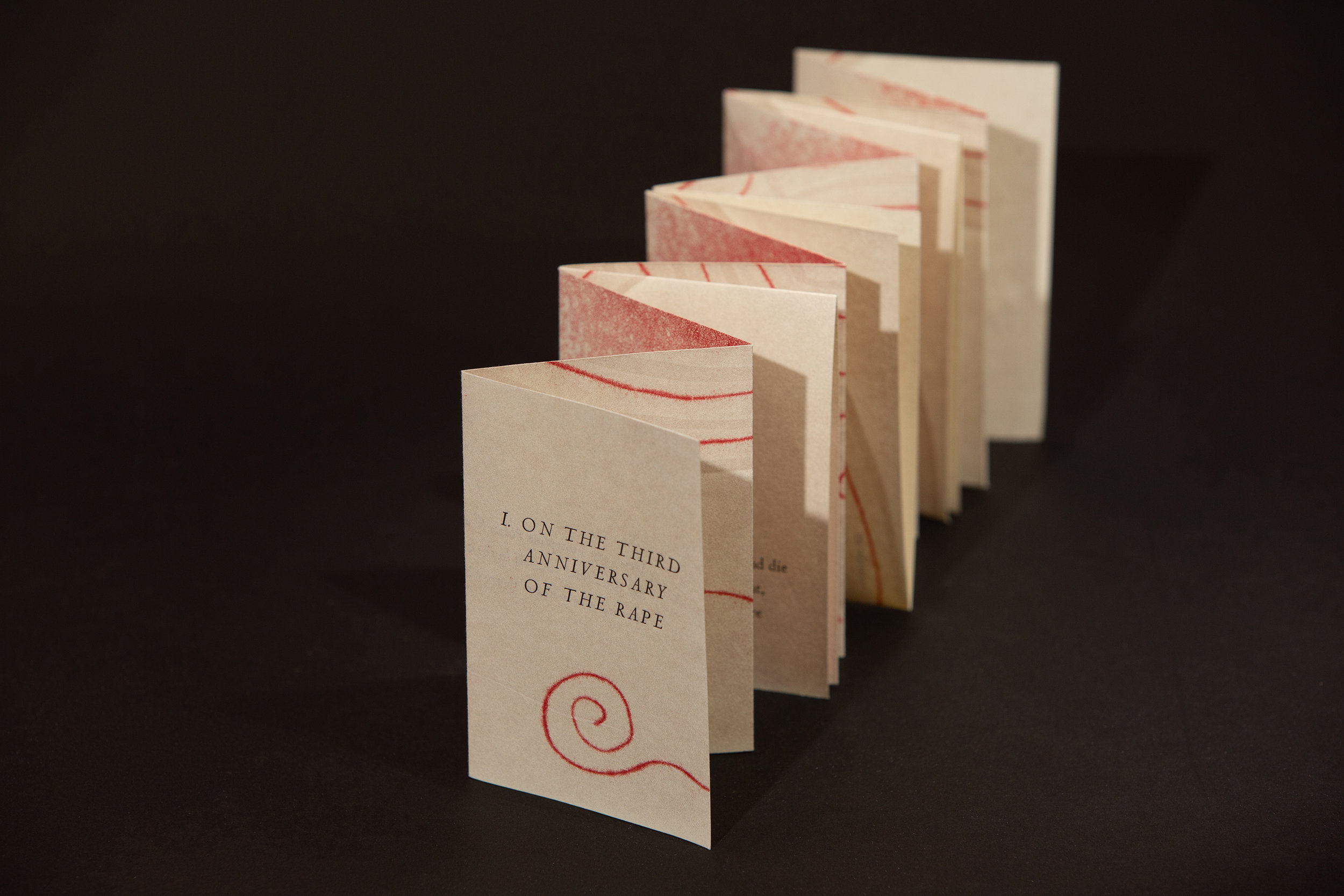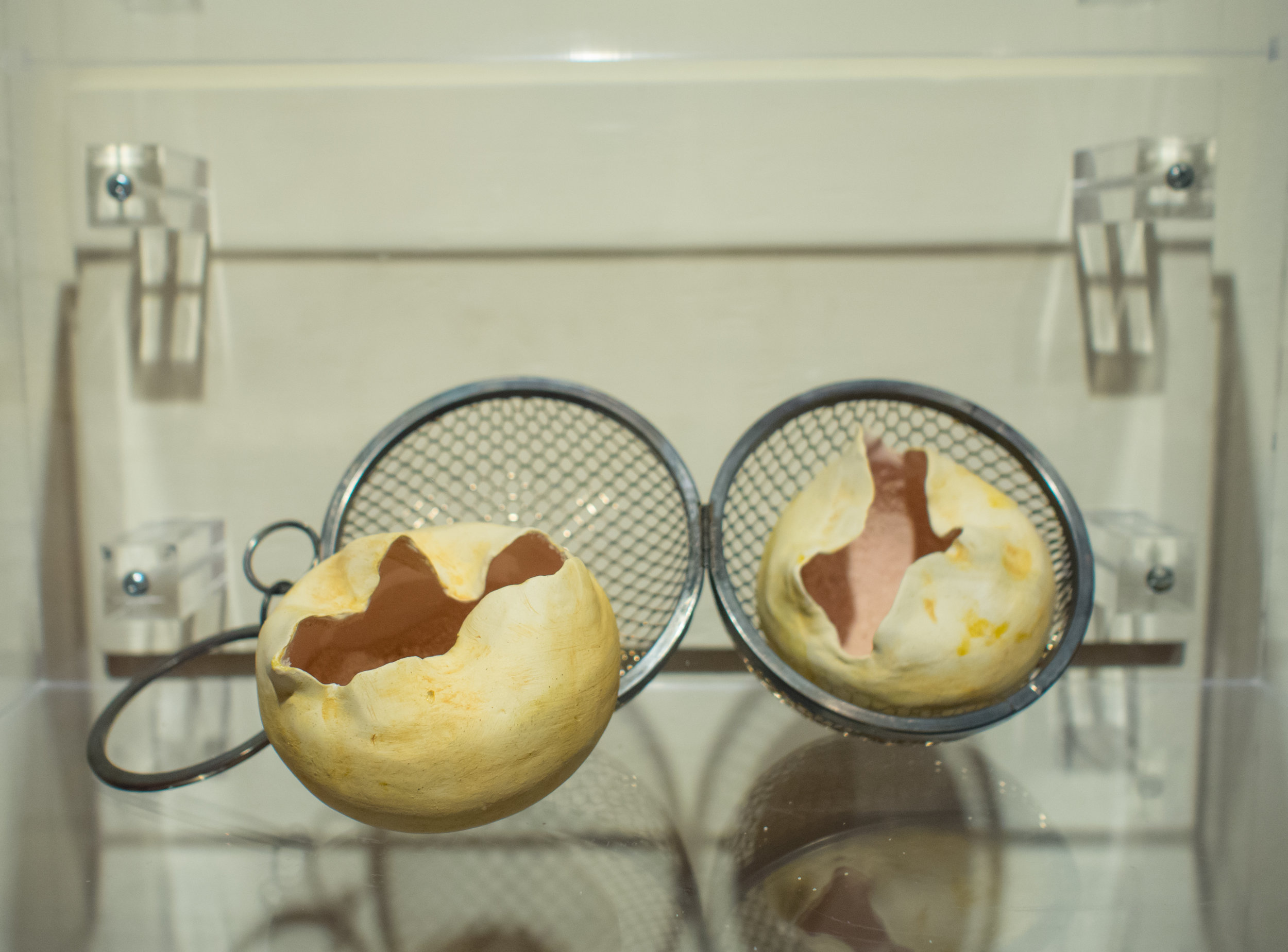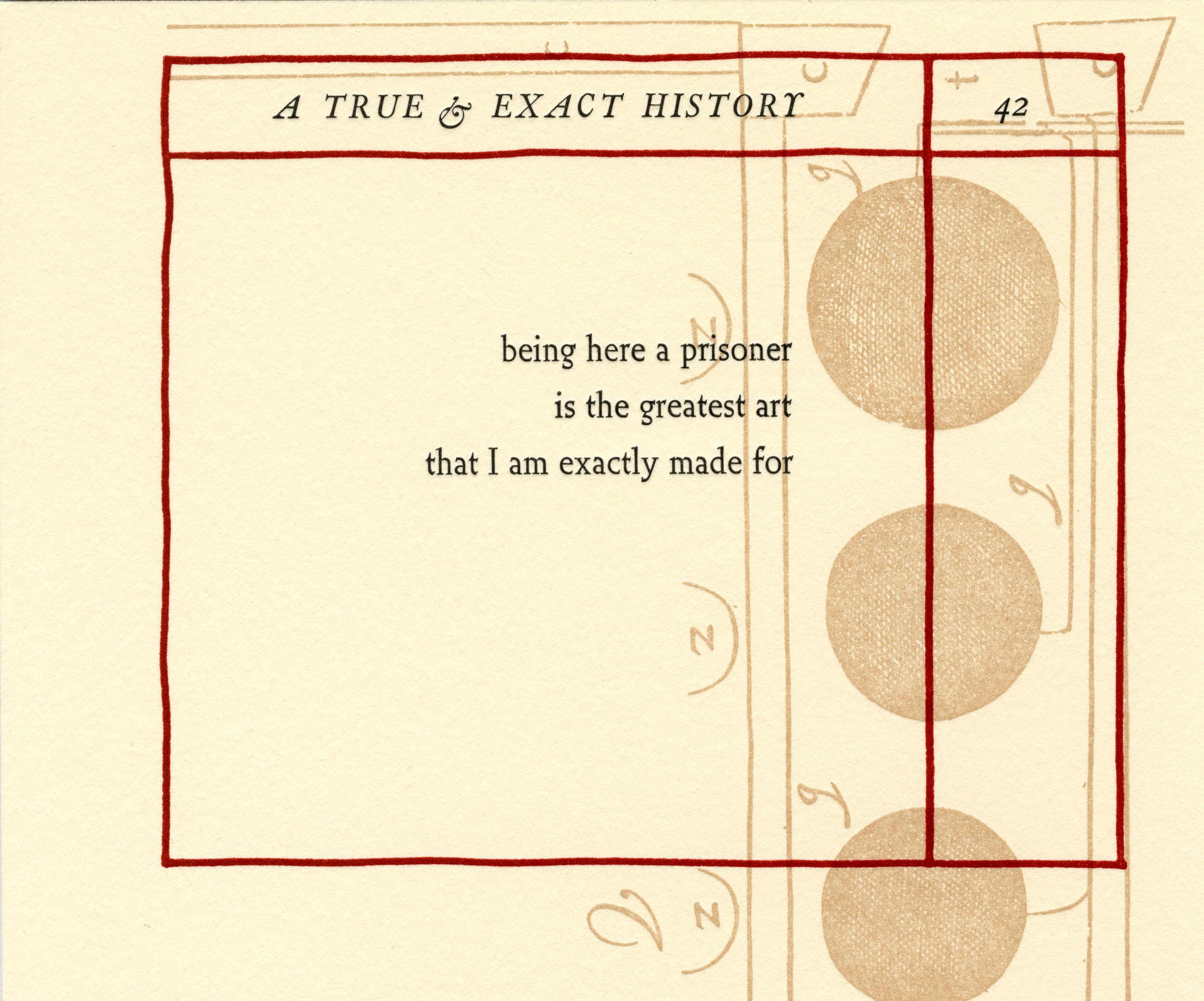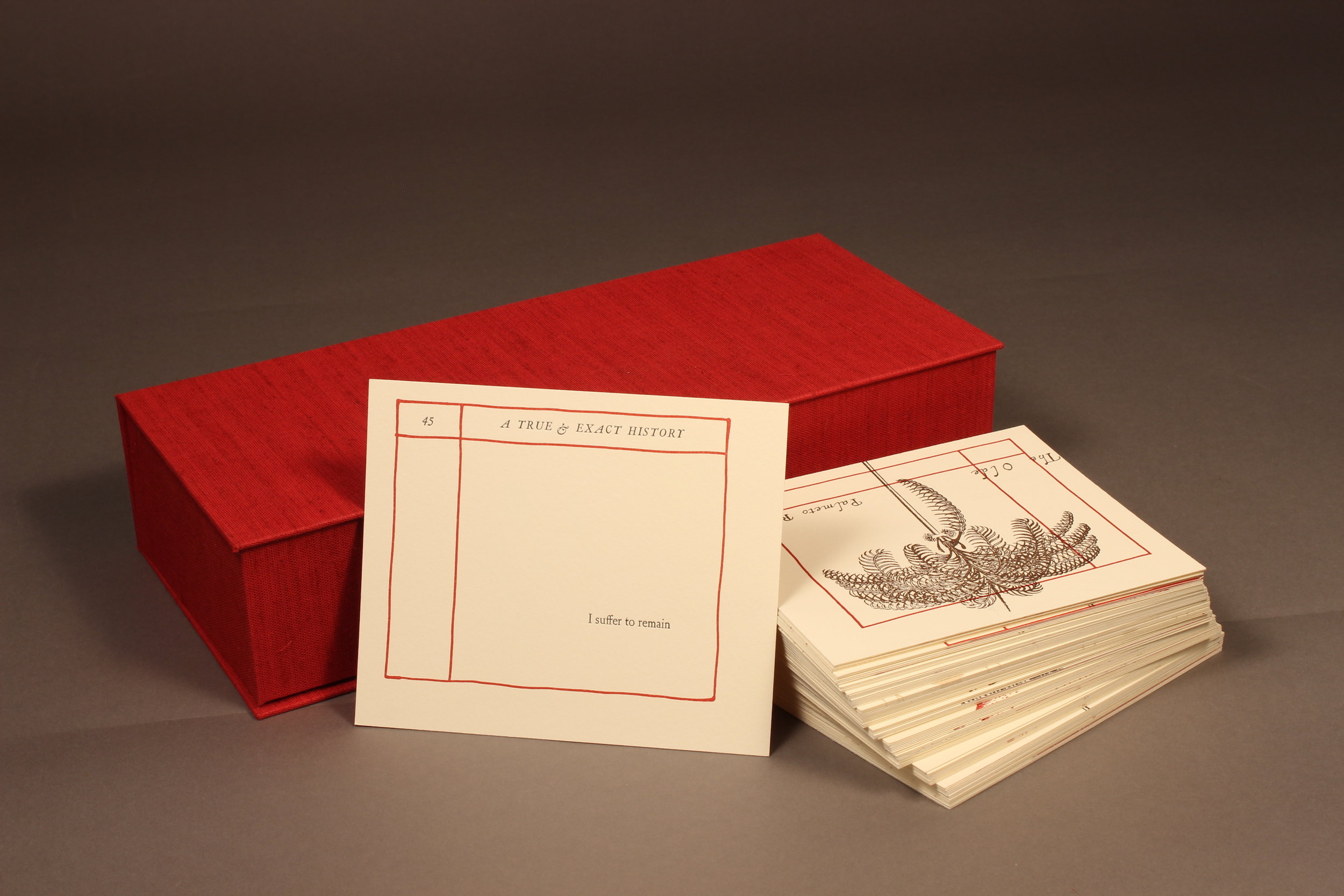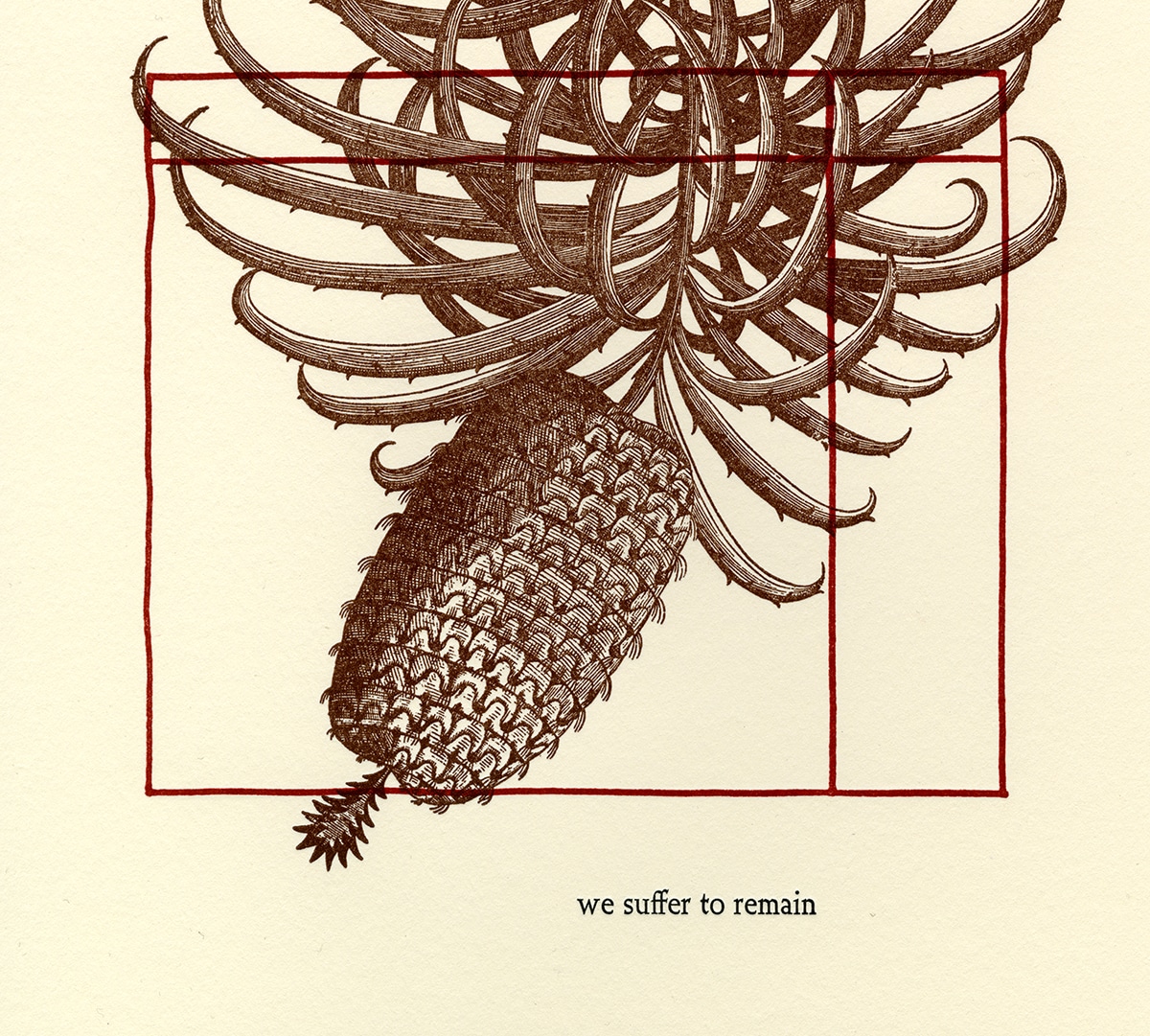By Natalie Willis. The issue of rape, and subsequently its deafening silence, is a shocking social disservice in this country, and it is something we should be using our voices to ask many, many questions about. With a failed gender equality referendum, and marital rape still being legal, it is hardly surprising that the statistics for sexual assault in The Bahamas continue to rise. Read between the lines of the statistics and there’s still not enough room for the 60%+ unreported sexual assaults, let alone the “pick-up” lines (see: street harassment) that feeds into gender-based violence. The statistics for the rape of men are even less likely to show the severity of the situation. The sexual violence against women, children, and men, in addition to the commonplace armed robbery and assault, we are left with a labyrinth of heartache and bloodshed that is difficult to find our way out of.
All posts tagged: Sonia Farmer
Blank Canvas: January 16th, 2019, Charlotte Henay and Sonia Farmer
In this week’s episode of the NAGB’s Blank Canvas, we embrace literary culture in the Caribbean and in the Ninth National Exhibition or “NE9: The Fruit & The Seed” by welcoming Bahamian poets Sonia Farmer and Charlotte Henay to the show.
From the Collection: “Cycle of Abuse” (2017) by Sonia Farmer
By Natalie Willis. How does a referendum asking for men and women to be able to both gain rights in passing on citizenship, visibly backed by the government, still manage to fail? And what do we do in the aftermath? Sonia Farmer’s “Cycle of Abuse” (2017) is a paper work, but it is also time based, and the language employed is more than an exclamation, it is social commentary. She declares her status as a Bahamian citizen via text, and as a cisgendered woman she declares her womanhood through the monthly marking of blood upon these ballots. The blood represents not just her femininity and the rights denied her as a Bahamian woman, but also as a symbol of the various ways that violence is continued against women in this country.
A De-colonial Soundclash: The cacophonous chorus of the post-colony marks the end of “We Suffer To Remain”
For the closing event and finissage of the exhibition “We Suffer To Remain” -Sunday, July 29th–we are left to critically, crucially, question the work of language. “I suffer to remain, Saint of a wild mad Land”. The Caribbean has transitioned from this “wild, mad land” of disease and mystery into the tropical Eden we ubiquitously see in media today. But just what makes this place what it is? Who suffers to remain, and who are the saints and sinners? Sometimes it is easy to get lost in the cacophony of voices in the history of this region. In a place suffering from the silencing of so many, it is harder still to discern what voices are speaking – be they loud, soft, deafening, or a whisper.
Troubling Narratives: This is how we suffer to remain
“We Suffer to Remain” is a collaborative exhibition whose seed was sprouted in November 2015, when I was invited to be a part of a curatorial cohort that visited Glasgow and Edinburgh, Scotland, as a part of the British Council expanding and investing in the emerging and burgeoning visual art ecology in the Caribbean. This meeting set an idea in motion about how institutions in the Caribbean can start thinking in new ways about partnerships and collaborations that, 20 years ago, might not have been possible. The Caribbean as a creative space continues to flourish in its liminality, continues to grow and inspire globally as a cornerstone of excellence but, unfortunately, also continues to be a perpetual site of extraction, exhaustion and removal. Perhaps one needs to be alone with these words to understand the gravitas and the generational weight of our inheritance.
Locked in Our Bodies: A Resurrection of Voices
By Dr Ian Bethell-Bennett, The University of The Bahamas. We are locked in bodies that demonstrate a temporal fixity that is only such. This became more apparent to me on my first experience in Salvador de Bahia, where the material remnants of slavery and colonialism remained intact and on view, unlike in New Providence where most of the remains of slavery are either dematerialised, vanished and decontextualised. As “We Suffer to Remain” evidences, the coloniality of the postcolonial condition becomes even more poignant when expressed through a clash/confluence of arts. Art allows space for a dialogue that exposes the pasts and versions usually edited out by the passage of time, and the power of the state to redirect what was once empowerment discourses.
Time Travel and Building Bridges in “A True & Exact History”: An interview with Sonia Farmer, Pt II
By Natalie Willis
This week we continue our interview with Sonia Farmer on her work for the upcoming collaborative exhibition with the British Council, “We Suffer To Remain”. It is difficult to think about just who gets to discuss our history, when some voices are silenced, and others get a proverbial loudspeaker. Farmer’s artist book “A True & Exact History”, a poem produced from her erasure of Richard Ligon’s “A True & Exact History of the Island of Barbadoes” (1657), deals with just that.
What Makes “A True & Exact History”?: An Interview with Sonia Farmer on her work for the upcoming exhibition “We Suffer To Remain”.
By Natalie Willis. In this week’s interview we hear from Sonia Farmer on her contribution to “We Suffer To Remain”, an exhibition opening later this month that moves around ideas of slavery, time and memory, and how we begin to unpack and deal with these legacies. Farmer is a writer, visual artist, and small press publisher who uses letterpress printing, bookbinding, hand-papermaking, and digital projects to build narratives about the Caribbean space. She is the founder of Poinciana Paper Press, a small and independent press in Nassau which produces handmade and limited edition chapbooks of Caribbean literature and promotes the crafts of book arts through workshops and creative collaborations. The title for the exhibition comes from Farmer’s book produced for this show, “A True & Exact History”, which will be displayed alongside fellow Bahamian artists John Beadle and Anina Major works, as well as the work of Scottish artist Graham Fagen with his project from the 2015 Venice Biennale, “The Slave’s Lament”. Farmer moves us through not just the language written within the book itself, but around the art of bookmaking itself and how she crafts language to unpack the question of who we–as a country and as part of the Caribbean region–allowing to voice our histories.
Lamenting Slavery: Unearthing our history through art.
By Dr Ian Bethel Bennett. The materiality of art and culture is essential to the experience with art and our understanding of the relationship between space, time and humanity. When we do not see, feel or experience the materiality of space, we tend to ignore its existence. Art can be used to bridge gaps between the materiality of experience and the historical omissions and erasures that leave the space open to deletion, and de-historicisation. Music, similar to art, can speak to a similar materialising of experiences that have been wiped out by the passage of time and the shifting sands of spatial economic change. The disappearance from the mental record of the Nassau Market is a salient example of the vanishing materiality and so the memory of that experience. What remains is a space that has been razed of the material market and so the only vestiges remain. The artistic renderings and musical recitations of that material experience, where women and men walked over Market Street, often through Gregory’s Arch, to sell produce in the market, is what remains.
